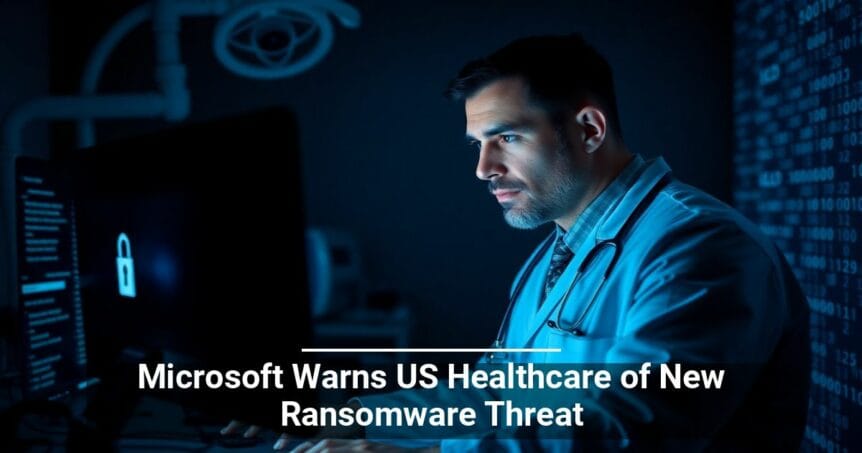The healthcare industry is facing a new and serious threat as cybercriminal activities escalate. Microsoft has issued a warning about Vice Society, a sophisticated group that has set its sights on healthcare facilities. This emerging threat highlights the need for robust security measures to protect sensitive patient data and ensure uninterrupted healthcare services.
The Rise of Vice Society: A Noteworthy Cybercriminal Group
Vice Society is a cybercriminal group that gained notoriety by targeting educational institutions in the United Kingdom during 2021 and 2022. Their attacks led to the leaking of sensitive information belonging to students and staff. Their reach extended to prominent organizations like the Los Angeles Unified School District and the global retailer IKEA, where their attacks caused significant operational disruptions and compromised sensitive data.
Recently, Vice Society has turned its attention to the healthcare sector, taking advantage of vulnerabilities in outdated legacy systems. The repercussions of their attacks could be severe, potentially halting crucial medical treatments and causing substantial reputational damage and financial losses. This shift in focus underscores the urgency for healthcare providers to bolster their cybersecurity defenses.
Understanding Vice Society’s Methods
Vice Society operates by partnering with other threat actors, like Storm-0494, to enhance their ability to exploit security gaps. This collaboration allows them to execute attacks more swiftly and effectively, illustrating a concerning trend where cybercriminals work together to orchestrate more complex assaults on vulnerable sectors.
The group employs a variety of legitimate tools and techniques to carry out their attacks. Their methods include using:
- Remote Desktop Protocol for lateral movement
- Windows Management Instrumentation Provider Host
- MEGA data synchronization tool
- AnyDesk for remote monitoring
These tools enable them to infiltrate systems and execute their ransomware, highlighting the importance of implementing comprehensive cybersecurity measures.
Proactive Strategies for Data Protection
One of the simplest and most effective ways to prevent cyber threats is through employee training. Staff should be educated on recognizing phishing attempts, such as suspicious emails or links, which are common entry points for hackers. By fostering a culture of vigilance, healthcare facilities can reduce the risk of falling victim to such attacks.
Securing Hardware and Updating Software
Keeping hardware and software up to date is critical in defending against cyber threats. Outdated systems are more susceptible to breaches, so regular updates and patches should be a priority. Additionally, using secure and verified devices can prevent unauthorized access to sensitive data.
Conducting Comprehensive Security Audits
Routine security audits are essential for identifying potential vulnerabilities within an organization’s infrastructure. Engaging third-party experts to conduct these audits can provide an unbiased assessment and reveal weaknesses that need to be addressed, thereby strengthening the organization’s overall security posture.
Implementing Multi-Factor Authentication
Multi-factor authentication (MFA) adds an extra layer of security by requiring additional verification beyond just a password. Even if a password is compromised, MFA can prevent unauthorized access, offering enhanced protection for sensitive information.
In a world where digital threats are constantly evolving, safeguarding data is more crucial than ever. Healthcare providers must take these threats seriously and prioritize the implementation of comprehensive cybersecurity strategies to protect their operations and patient information from increasingly sophisticated cybercriminals.





